Taxes & Fees
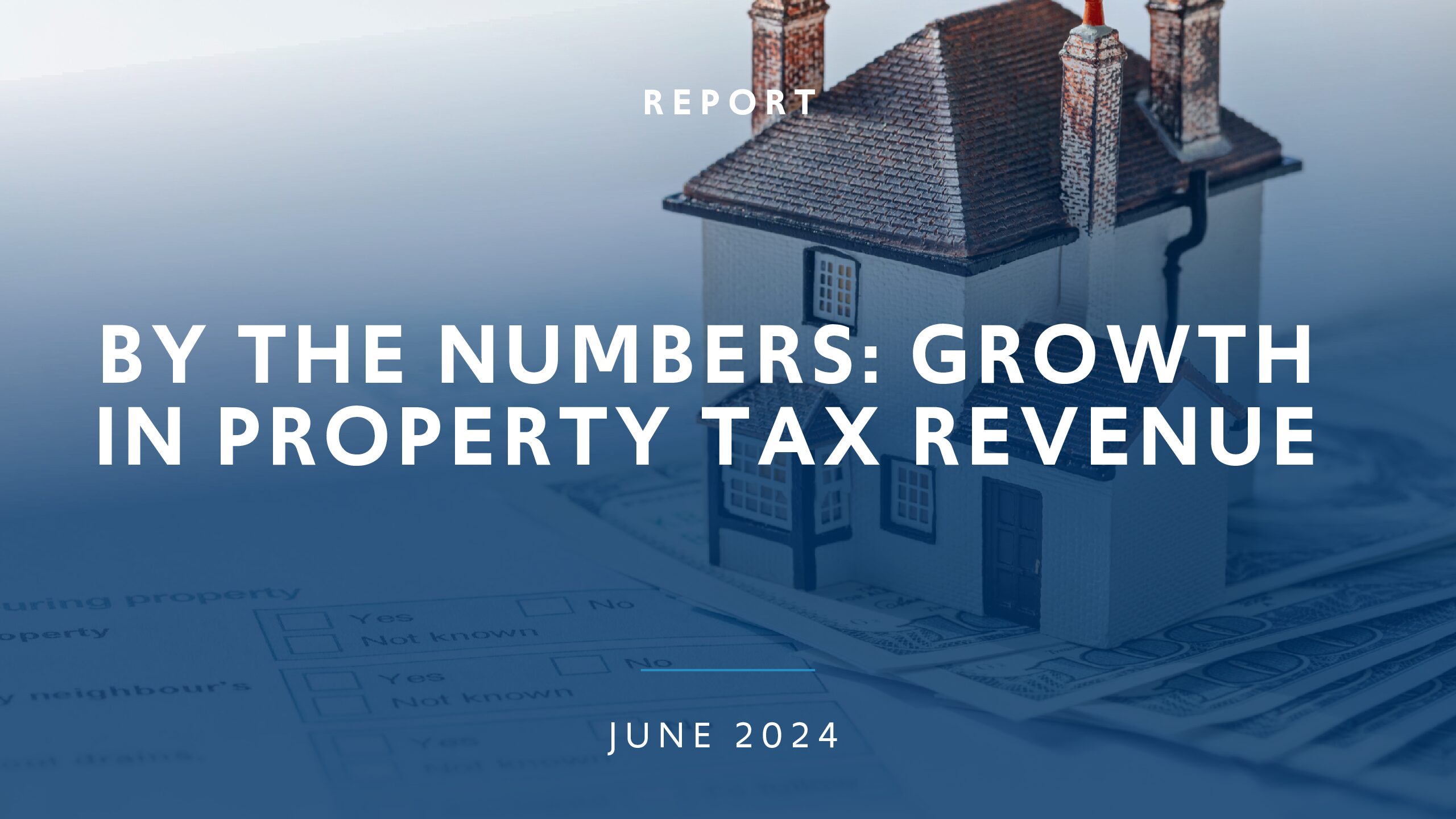
By the Numbers: Growth in Property Tax Revenue
Property tax revenue increased by $2.4 billion dollars in 2024. The annual increase of 19% was the largest since 1975. Since 2019, property tax revenue has increased by $5.4 billion (55%) and has more than doubled in the last nine years, growing over $8 billion, from $7.18 billion in 2015 to nearly $15.3 billion collected in 2024.
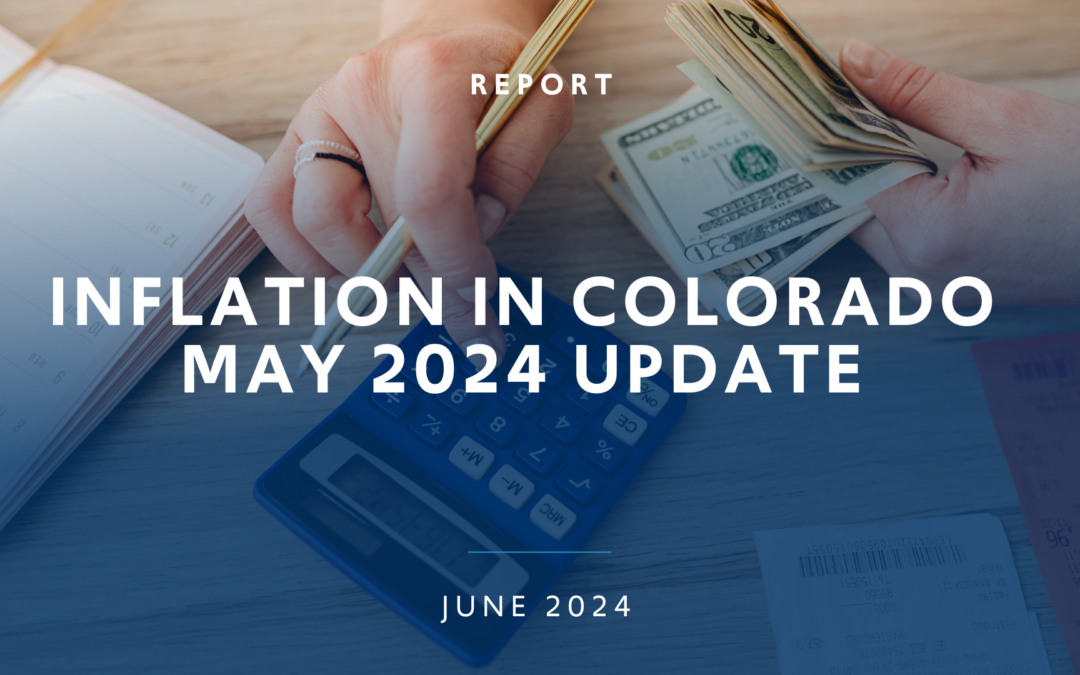
Inflation in Colorado – May 2024 Update
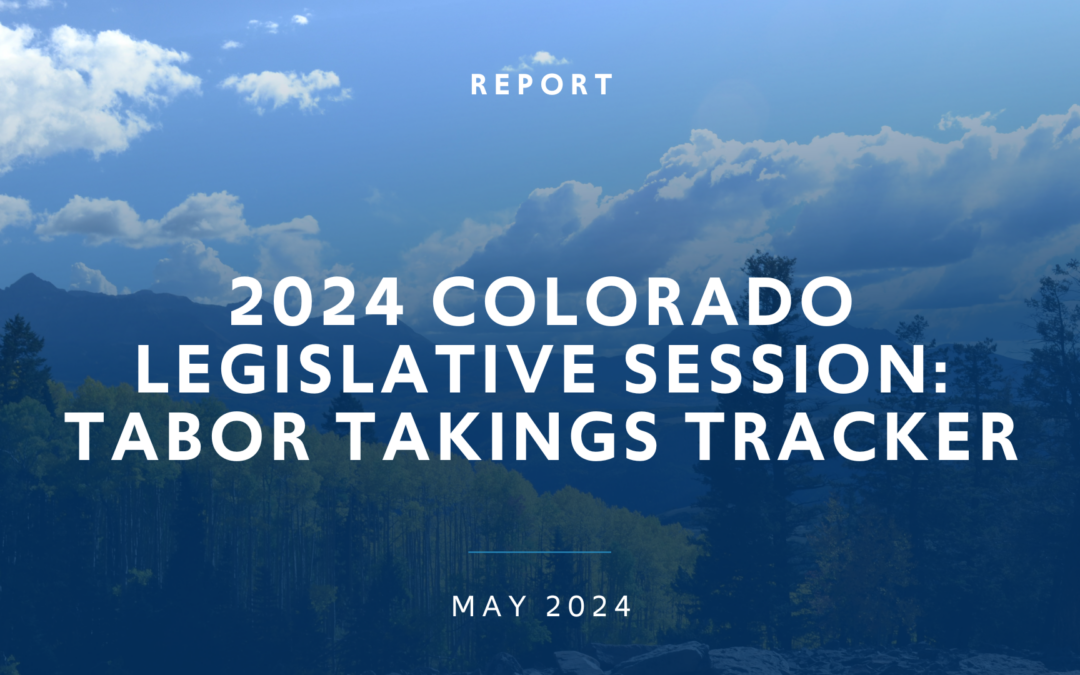
2024 Colorado Legislative Session: TABOR Takings Tracker
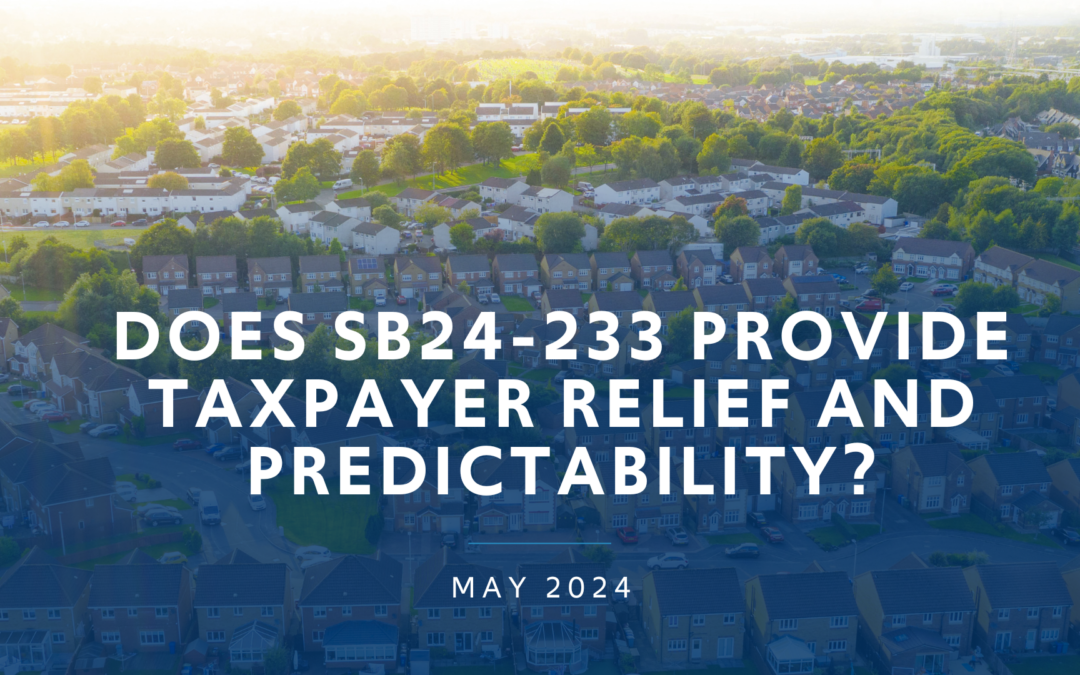
Does SB24-233 Provide Taxpayer Relief and Predictability?
There is no relief for taxpayers. Coloradans will not have property tax relief from recent spikes. As reported by CSI, residential property assessment values increased over 27% in 2023. Under SB24-233, Coloradans are locked into these recent elevated property tax payments, resulting in no tax relief for this year or next.
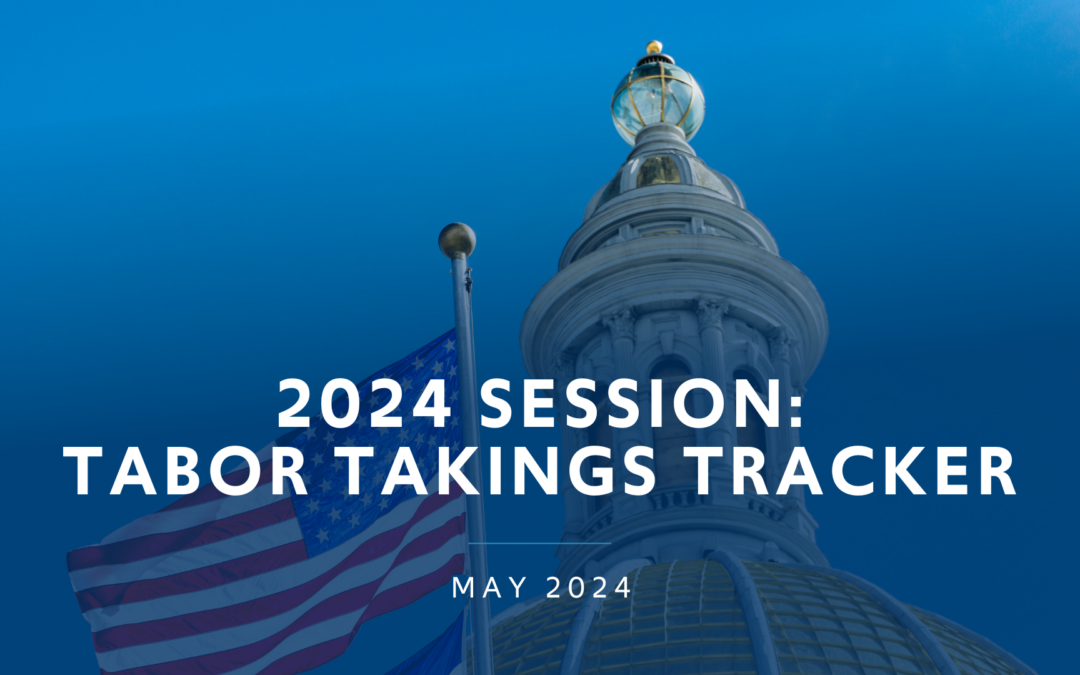
2024 Session: TABOR Takings Tracker
Follow the CSI TABOR Takings Tracker the final days of the 2024 session! Buoyed by strong revenue growth, there is an estimated $6 billion owed to Colorado taxpayers over the next 3 years. Over 100 bills introduced during the 2024 legislative session would re-direct those funds, reducing the total amount refunded by $3.5 billion.
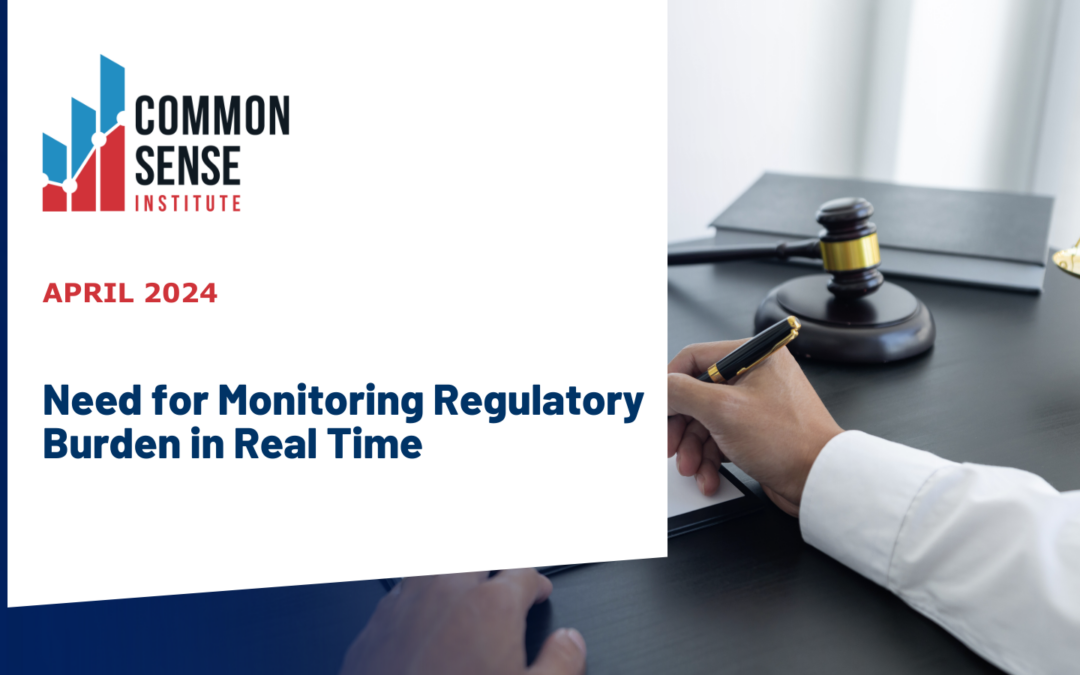
Monitoring Colorado’s Growing Regulatory Burden
Colorado’s free enterprise economic system is built upon a combination of federal, state and local laws. While federal policy can play a large role across certain industries, state policy plays a critical role in both accounting for regional differences and determining a state’s relative economic competitiveness.

Inflation in Colorado – March 2024 Update
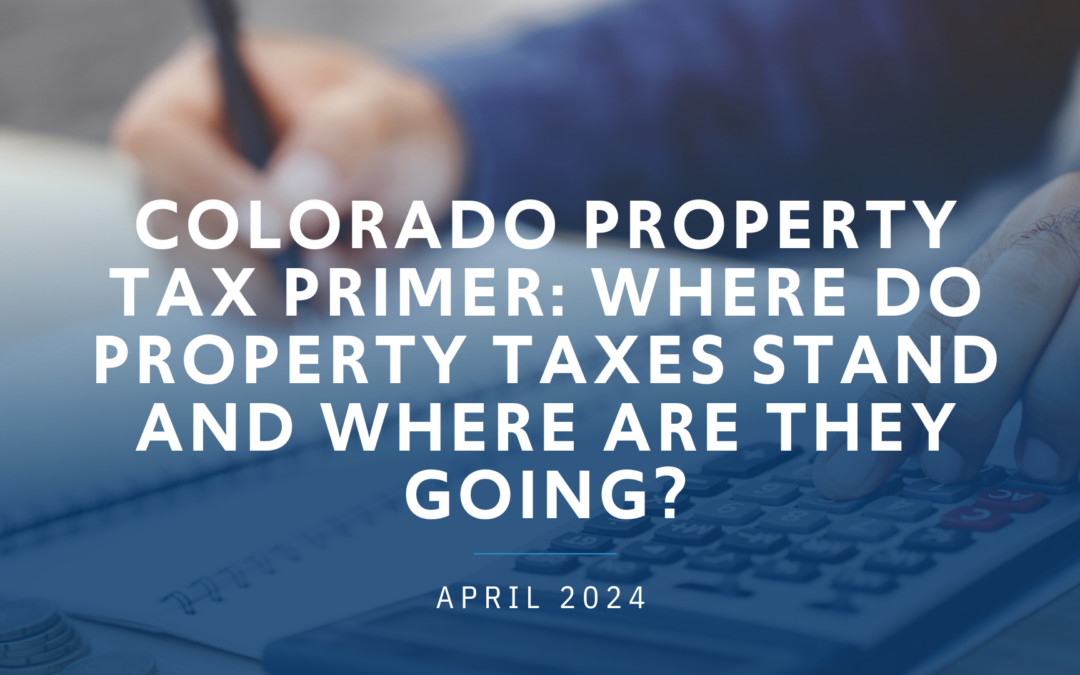
Colorado Property Tax Primer: Where do property taxes stand and where are they going?
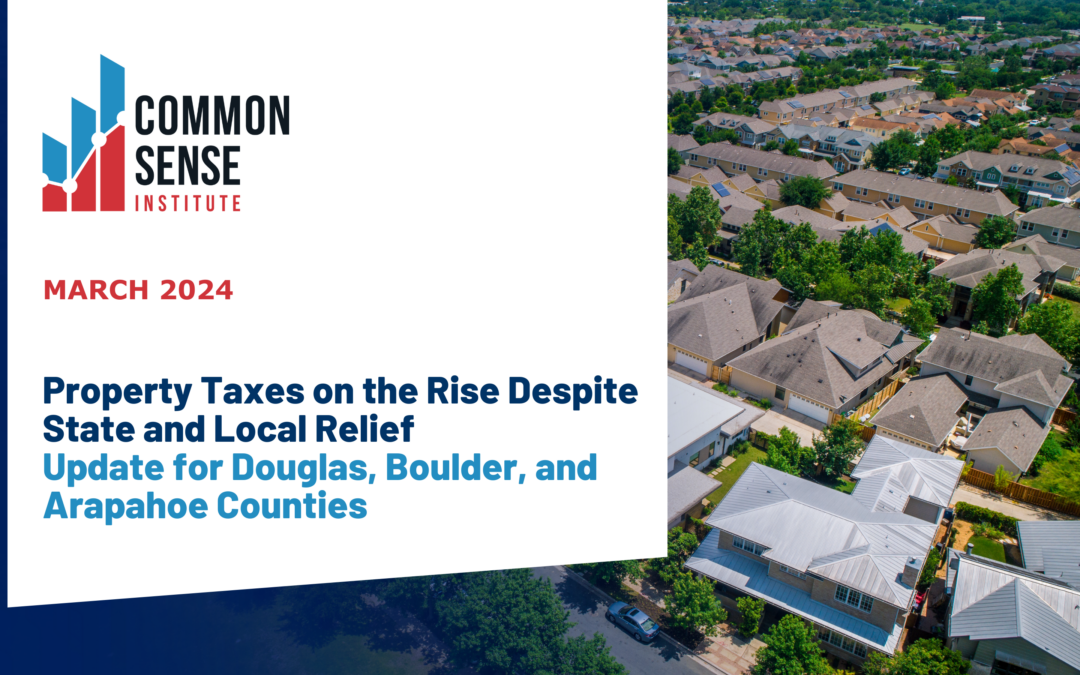
Property Taxes on the Rise Despite State and Local Relief – Update for Douglas, Boulder, and Arapahoe Counties



